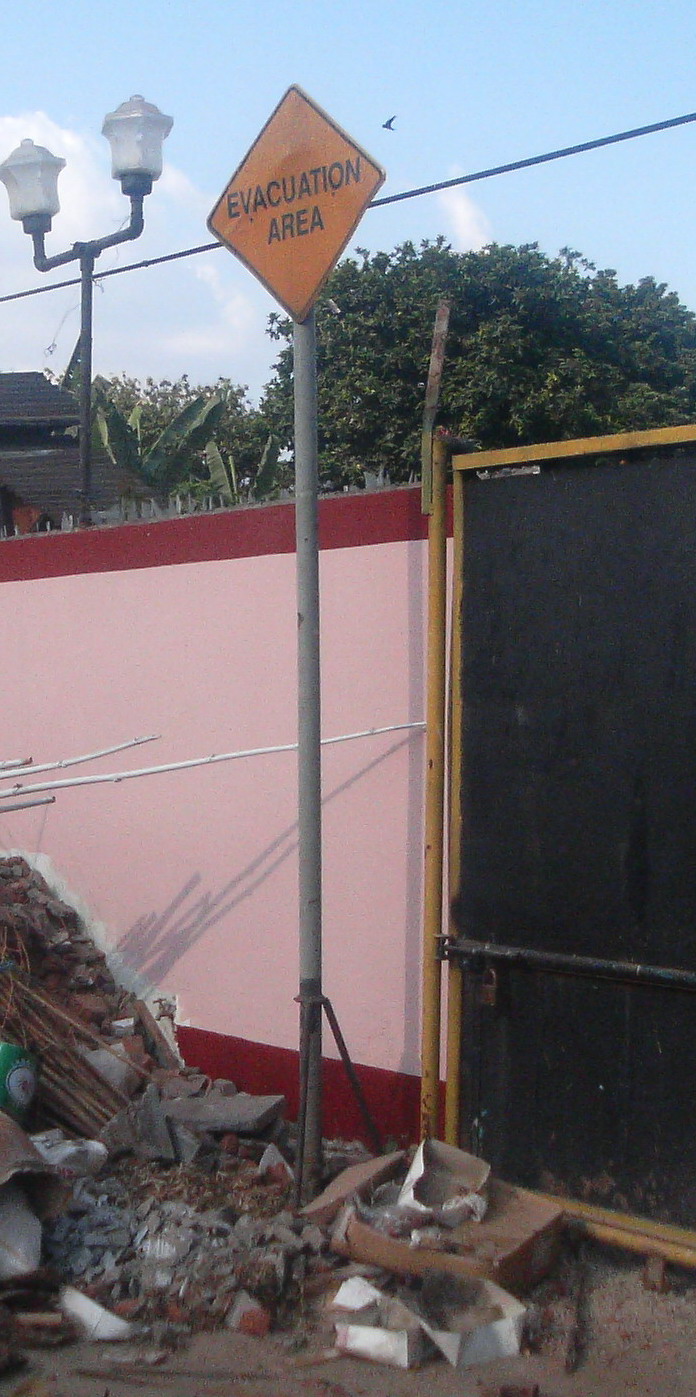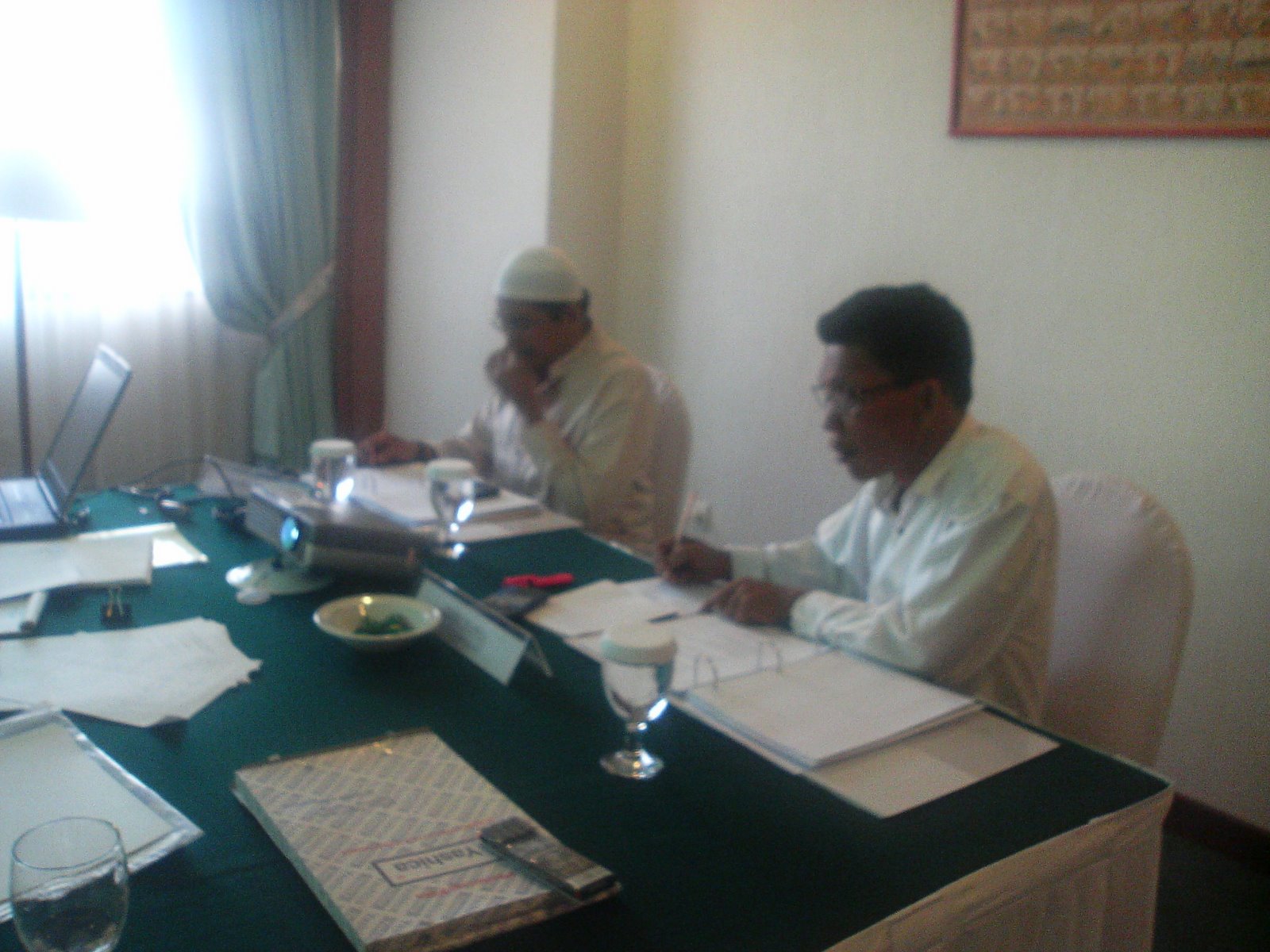
HIRAC GUIDELINES
These Guidelines must be in accordance with the OHS Procedure
Hazard Identification, Risk Assessment and Control (HIRAC)
Selection
The first step of the HIRAC review is to select an area, task or activity. Priority should be given to areas, tasks or activities thought to present special risks, based on:
• past experience (eg accidents, near-misses, complaints);
• concerns expressed by staff;
• requirements of legislation or University policies and procedures (eg workplace changes);
• requests from the various Health and Safety Teams, etc.
Hazard Identification
Hazards can be grouped under various categories, as listed below. The items listed under each category are provided as examples.
Bio-mechanical and Postural
Note: where the main hazards associated with an activity or task relate to manual handling, a special risk assessment form should be used.
Repetitive or sustained postures, movements or forces as listed below for more than 30 min at a time, or for more than 2 hours over a workday
o Excessive bending or twisting of back or neck in any direction
o Working with hand(-s) above shoulders
o Reaching to front/side more than 30 cm from body
o Reaching behind body
o Squatting, kneeling, crawling, semi-lying or jumping
o Standing with most of body weight on one leg
o Twisting, turning, grabbing, picking or wringing actions with fingers, hands or arms
o Working with fingers close together or wide apart
o Very fast movements
o Excessive bending of wrist(-s)
o Carrying with one hand or one side of the body
o Pushing, pulling, dragging, holding or restraining
High force actions as listed below
o Lifting, lowering or carrying heavy loads
o Applying uneven, fast or jerky forces
o Sudden/unexpected forces
o Pushing/pulling objects hard to move or stop
o Awkward grips
o Throwing, catching, hitting, kicking or jumping
o Holding, restraining or supporting person, animal or heavy object
Physical Environment and Workplace Design
Poor housekeeping, uncontained spillages or wastes
Uneven or slippery work surfaces
Obstacles in passageways, near equipment, risk of collision with stationary objects, etc
Inadequate work platforms, stairs, ladders, guardrails, harnesses, etc for work at height
Personnel access within 2 metres of edge of roof, high place of work, etc
Unprotected openings or gaps in walkways & platforms
Poor lighting
Exposure to harmful noise levels
Confusing or inadequate labelling of controls
Mismatch between plant, workplace, office workstation design, activity or task and user physical characteristics (height, strength, speed, mobility, fitness, etc)
Body parts coming in contact with hot components during testing, inspection, operation, maintenance, cleaning or repair
Exposure to camp fires and hot items from fires
Fall or collapse of ground, materials, plant, structures, etc
Exposure to extremely cold materials or components (eg dry ice)
Exposure to radiation (ionising and non-ionising, lasers)
Entry into cool rooms
Mechanical
Hair, clothing, jewellery, rags, etc liable to become entangled in moving components
Uncontrolled or unexpected movement of machinery, components, work pieces, vehicles or loads
Inability to slow, stop or immobilise machines, vehicles…
Body parts coming in contact with moving, sharp, hot, or "live" components during testing, inspection, operation, maintenance, cleaning or repair
Possibility of traffic accident
Persons or body parts trapped or sheared between moving component & fixed plant, materials or structures
Persons pushed, pulled or thrown off plant, structures…
Machines, components, or materials disintegrating (eg grinding wheels)
Persons being injured by damaged, poorly maintained or unguarded equipment (including electricals)
Components, work pieces, fluids, etc being ejected
Electrical
Contact with "live" components during testing, inspection, operation, maintenance, cleaning or repair
Contact with overhead power lines
Contact with underground power cables
Explosion or ignition of electrical components, etc
Unauthorised access to electrical services, switchboards, controls, etc
Chemicals and Toxicity
Explosion or ignition of gases, vapours, liquids, dusts, etc
Exposure to toxic concentrations of chemicals (skin, inhalation, ingestion, etc)
Exposure to oxygen-depleted atmospheres
Damage to gas lines, compressed gas cylinders, chemical storage containers, etc
Biological and Human
Exposure to venomous or dangerous animals
Exposure to toxic natural substances (plant, mushrooms, gases, etc)
Exposure to (potentially) infectious substances
Accidental collision with another person
Assault by another person (Note: where workplace violence is being reviewed, special risk assessment forms should be used. They are available from the OHS Services Unit, ext. 9370).
Organisational and Procedural Arrangements
Insufficient first-aid equipment or trained personnel
Insufficient evacuation, emergency or rescue planning and facilities
Access to hazardous equipment by unauthorised or untrained people
Insufficient job rotation, rest breaks
Inappropriate, insufficient or poorly maintained personal protective equipment
Psycho-social Environment and Task Design
Insufficient consideration given to the probability of human error and its consequences
Lack of clarity in work roles of employee(-s)
Lack of control or recognition in work roles of employees
Mismatch between task demands and workers'/people's behaviour or capabilities
Insufficient consideration given to consultation prior to workplace changes
Natural Environment
Drowning
Bushfires
Persons becoming lost or ill in remote locations
Possibility of being engulfed in loose or crumbling ground
Exposure to extreme environmental conditions (hot, cold, dry, wet, snowy, stormy, etc)
Possibility of tree limbs falling
Lightning in exposed locations
Risk Assessment
Risk assessments are based on 2 key factors:
• the likely severity of any injury/illness resulting from the hazard and
• the probability that the injury/illness will actually occur.
Probability
Very likely
Could happen any time Likely
Could happen sometime Unlikely
Could happen, but very rarely Very Unlikely
Could happen, but probably never will
Severity Death or permanent disability 1 (HIGH) 1 (HIGH) 2 (HIGH) 3 (MEDIUM)
Long-term illness or serious injury 1 (HIGH) 2 (HIGH) 3 (MEDIUM) 4 (MEDIUM)
Medical attention and several days off work 2 (HIGH) 3 (MEDIUM) 4 (MEDIUM) 5 (LOW)
First aid needed 3 (MEDIUM) 4 (MEDIUM) 5 (LOW) 6 (LOW)
Table 1: Assessment of risk priority levels based on likely severity and probability of harm
Risk Control
Urgent action is required for risks assessed as priority 1. The actions required may include:
• instructions for the immediate end of the work, process, activity, etc
• isolation of the hazard until more permanent measures can be implemented.
Documented control plans with responsibilities and completion dates are required for priority 2 and 3 risks. (Refer to HIRAC Report available at: www.ballarat.edu.au/ohs/HIR_Rep.doc)
The risk control hierarchy ranks risk control measures in decreasing order of effectiveness. Risk control measures should always aim as high in the list as practicable. Control of any given risk generally involves a number of measures drawn from the various options (except if option 1 is selected).
Risk Control Hierarchy:
A. Elimination of hazard: examples include the proper disposal of redundant items of equipment that contain substances such as asbestos or PCBs, the removal of excess quantities of chemical accumulated over time in a laboratory, etc. The elimination of hazards is 100% effective
B. Substitution of hazard: examples include the replacement of solvent-based printing inks with water-based ones, of asbestos insulation or fire-proofing with synthetic fibres or rockwool, the use of titanium dioxide white pigment instead of lead white, etc. The effectiveness of substitution is wholly dependent on the choice of replacement.
C. Engineering controls: examples include the installation of machine guards on hazardous equipment, the provision of local exhaust ventilation over a process area releasing noxious fumes, fitting a muffler on a noisy exhaust pipe, etc. The effectiveness of engineering solutions is around 70 - 90%.
D. Administrative controls: include training and education, job rotation to share the load created by demanding tasks, planning, scheduling certain jobs outside normal working hours to reduce general exposure (eg planning demolition and building works during summer recess), early reporting of signs and symptoms, instructions and warnings, etc. The effectiveness of administrative controls ranges from 10 to 50%. They typically require significant resources to be maintained over long periods of time for continuing levels of effectiveness.
E. Personal protective equipment: includes safety glasses and goggles, earmuffs and earplugs, hard hats, toe-capped footwear, gloves, respiratory protection, aprons, etc. Their effectiveness in realistic work situations does not exceed 20%.
Translate from: University Safety


































































